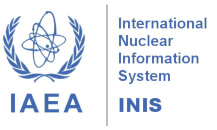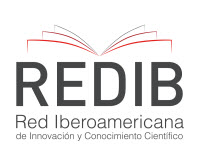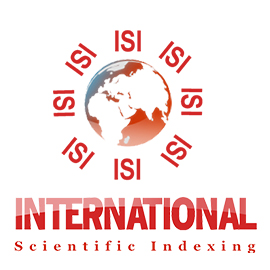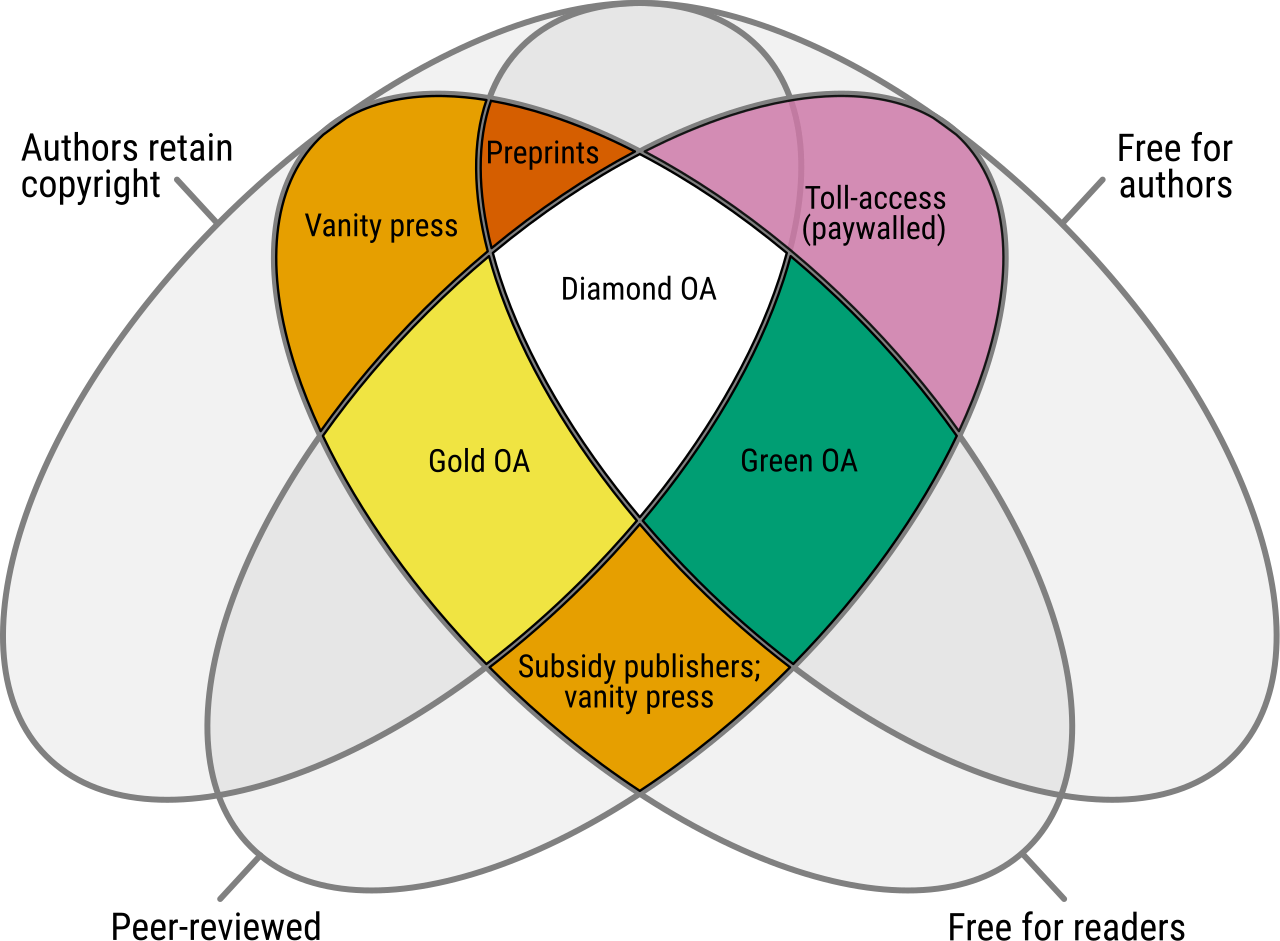Effect of irradiation on residues from avocado oil processing
DOI:
https://doi.org/10.15392/2319-0612.2024.2746Keywords:
residues, ionizing radiation, phenolic compounds, avocadoAbstract
In the agro-industrial process, sustainability is an essential characteristic, and the reuse of waste plays an important role in this regard. However, in most cases, these materials are improperly discarded, leading to environmental, economic, and social implications. In this context, there arises a need to utilize waste by extracting nutritional substances that prevent food waste, developing by-products, and adding value to raw materials. It is worth noting that agro-industrial waste from the food industry contains significant amounts of nutrients and bioactive compounds, such as phenolics, antioxidants, carotenoids, fibers, vitamins, and minerals. For example, agro-industrial waste from avocado processing, such as the peel, seeds, and pulp after oil extraction, contains a large amount of bioactive compounds that may have some application. In view of this, the use of ionizing radiation can be considered an innovative technology that has been applied in various processes in the food industry, and it can be used to increase and/or preserve these compounds present in the waste. Thus, the objective of this study was to evaluate the effects of ionizing radiation on waste from avocado oil processing, such as the seed, peel, and extracted pulp. To achieve this objective, the samples were extracted through physical and chemical processes, obtaining a dry extract that was used for analyses of phenolic compound content and antioxidant activity. The results showed that doses of 5 kGy were sufficient to increase the amount of these compounds and antioxidant activity. The peel and seed, which contain the highest amount of compounds, were also the wastes that showed the greatest improvement with the irradiation process. At a dose of 10 kGy, the avocado peel showed significant improvement in both phenolic compound content and antioxidant activity. These results suggest that the use of ionizing radiation technology can be used in the reuse of agro-industrial waste. The results of this study indicated that ionizing radiation did not cause degradation of the compounds, providing strong evidence of one of the benefits of this technique, which is to preserve and maintain food quality.
Downloads
References
[1] GENEVOIS, C.; FLORES, S.; ESCALADA, P. E.; Byproduct from pumpkin (Cucurbita moschata Duchesne ex poiret) as a substrate and vegetable matrix to contain Lactobacillus casei. Journal of Functional Foods, v. 23, p. 210–219, 2016. https://doi.org/10.1016/j.jff.2016.02.030 DOI: https://doi.org/10.1016/j.jff.2016.02.030
[2] Embrapa - Empresa Brasileira de Pesquisa Agropecuária. Indústria, inovação e infraestrutura: contribuições da Embrapa. Embrapa Agroindústria de Alimentos - Livro técnico, Brasília-DF, 2018.
[3] Embrapa - Empresa Brasileira de Pesquisa Agropecuária. Resultados Gerados em Pesquisa & Desenvolvimento e Transferência de Tecnologia na Embrapa Agroindústria de Alimentos no Período 2014-2018. Embrapa Agroindústria de Alimentos; Luciana Leitão Mendes (ed. téc.), Rio de Janeiro–RJ, 2019.
[4] NAUMOVSKI, N.; RANADHEERA, S.; THOMAS, J.; GEORGOUSOPOULOU, E.; IOR, D. M. Bioactive Compounds in agricultural and Food production Waste. In: VUONG, Q. V. Utilisation of bioactive compounds from agricultural and food production waste. Boca Raton: CRC Press, Taylor & Francis, 2017. p. 1-26. ISBN 9781315151540. DOI: https://doi.org/10.1201/9781315151540-2
[5] MADUREIRA, J.; BARROS, L.; CABO VERDE, S.; MARGAÇA, F. M.; SANTOS-BUELGA, C.; FERREIRA, I. C. Ionizing radiation technologies to increase the extraction of bioactive compounds from agro-industrial residues: a review. Journal of Agricultural and Food Chemistry, v. 68, n. 40, p. 11054-11067, 2020. DOI: 10.1021/acs.jafc.0c04984 DOI: https://doi.org/10.1021/acs.jafc.0c04984
[6] APAYDIN, D.; DEMIRCI, A. S.; GECGEL, U. Effect of Gamma Irradiation on Biochemical Properties of Grape Seeds. Food Science and Technology International, v. 94, p. 57-67, 2017. https://doi.org/10.1007/s11746-016-2917-3 DOI: https://doi.org/10.1007/s11746-016-2917-3
[7] SILVA, A. P. S.; CAMARGO, A. C.; LAZARINI, J. G.; FRANCHIN, M.; SARDI, J. C. O.; ROSALEN, P. L.; ALENCAR, S. M. Phenolic Profile and the Antioxidant, Anti-Inflammatory, and Antimicrobial Properties of Açaí (Euterpe oleracea) Meal: A Prospective Study. Foods, v. 12, 86, p. 1–18, 2023. https://doi.org/10.3390/foods12010086 DOI: https://doi.org/10.3390/foods12010086
[8] MELO, P. S.; MASSARIOLI, A.P.; DENNY, C.; DOS SANTOS, L.F.; FRANCHIN, M.; PEREIRA, G. E.; VIEIRA, T. M. F. D. S.; ROSALEN, P. L.; DE ALENCAR, S. M. Winery by-products: Extraction optimization, phenolic composition and cytotoxic evaluation to act as a new source of scavenging of reactive oxygen species. Food Chemistry, v. 181, p. 160–169, 2015. DOI: https://doi.org/10.1016/j.foodchem.2015.02.087
[9] DAIUTO, É. R.; TREMOCOLDI, M. A.; ALENCAR, S. M. VIEITES, R. L.; MINARELLI, P. H. Composição química e atividade antioxidante da polpa e resíduos de abacate “Hass”. Revista Brasileira de Fruticultura, v. 36, n. 2, p. 417–424, 2014. DOI: https://doi.org/10.1590/0100-2945-102/13
[10] MADUREIRA, J.; DIAS, M. I.; PINELA, J.; CALHELHA, R. C.; BARROS, L.; SANTOS-BUELGA, C.; VERDE, S. C. The use of gamma radiation for extractability improvement of bioactive compounds in olive oil residues. Science of the Total Environment, v. 727, 138706 2020. DOI: https://doi.org/10.1016/j.scitotenv.2020.138706
[11] ITO, V. C.; ALBERTI, A.; AVILA, S.; SPOTO, M.; NOGUEIRA, A.; WOSIACKI, G. Effects of gamma radiation on the phenolic compounds and in vitro antioxidant activity of apple pomace flour during storage using multivariate statistical techniques. Innovative Food Science & Emerging Technologies, v. 33, p. 251-259, 2016. DOI: https://doi.org/10.1016/j.ifset.2015.12.015
[12] ARANHA, J. B. ; NEGRI, T. C. ; MARTIN, J. G. P. ; SPOTO, M. H. F. Effect of gamma radiation on the microbiological and physicochemical parameters and on the phenolic compounds of a fruit residue flour during storage. Brazilian Journal of Food Technology, v. 20, e2016123, 2017.
[13] MALI, A.; KHEDKAR, K.; LELE, S. Efeito da Irradiação Gama no Conteúdo Fenólico Total e Atividade Antioxidante in Vitro de Cascas de Romã (Punica granatum L.). Food and Nutrition Sciences, v. 2, 5, p. 428-433, 2011.
[14] Codex Alimentarius Commission (Joint World Health Organization and Food - WHO and Agriculture Organization of the United Nations - FAO). Codex general standard for irradiated foods, p. 1-3, CODEX STAN 106-1983, REV.1-2003, 2003.
[15] HAMEED, A.; HUSSAIN, S. A.; SULERIA, H. A. R. Coffee Bean-Related. Agroecological Factors Affecting the Coffee. In: MERILLON, J. M.; RAMAWAT, K. (eds). Co-Evolution of Secondary Metabolites. Reference Series in Phytochemistry. Springer, Cham, 2020. https://doi.org/10.1007/978-3-319-96397-6_21 DOI: https://doi.org/10.1007/978-3-319-96397-6_21
Downloads
Published
Issue
Section
Categories
License
Copyright (c) 2024 João Pedro A. A. Barros, Luz M. Rondan-Flores, Bianca Guimarães Negrão, Daili de Andrade dos Santos Barreira, Viviane de Fátima Benedetti, Ana Sofia Martelli Chaib Saliba, Severino Matias de Alencar, Anna Lucia Casañas Haasis Villavicencio

This work is licensed under a Creative Commons Attribution 4.0 International License.
Licensing: The BJRS articles are licensed under a Creative Commons Attribution 4.0 International License, which permits use, sharing, adaptation, distribution and reproduction in any medium or format, as long as you give appropriate credit to the original author(s) and the source, provide a link to the Creative Commons license, and indicate if changes were made. The images or other third party material in this article are included in the article’s Creative Commons license, unless indicated otherwise in a credit line to the material. If material is not included in the article’s Creative Commons license and your intended use is not permitted by statutory regulation or exceeds the permitted use, you will need to obtain permission directly from the copyright holder. To view a copy of this license, visit http://creativecommons.org/licenses/by/4.0/






















